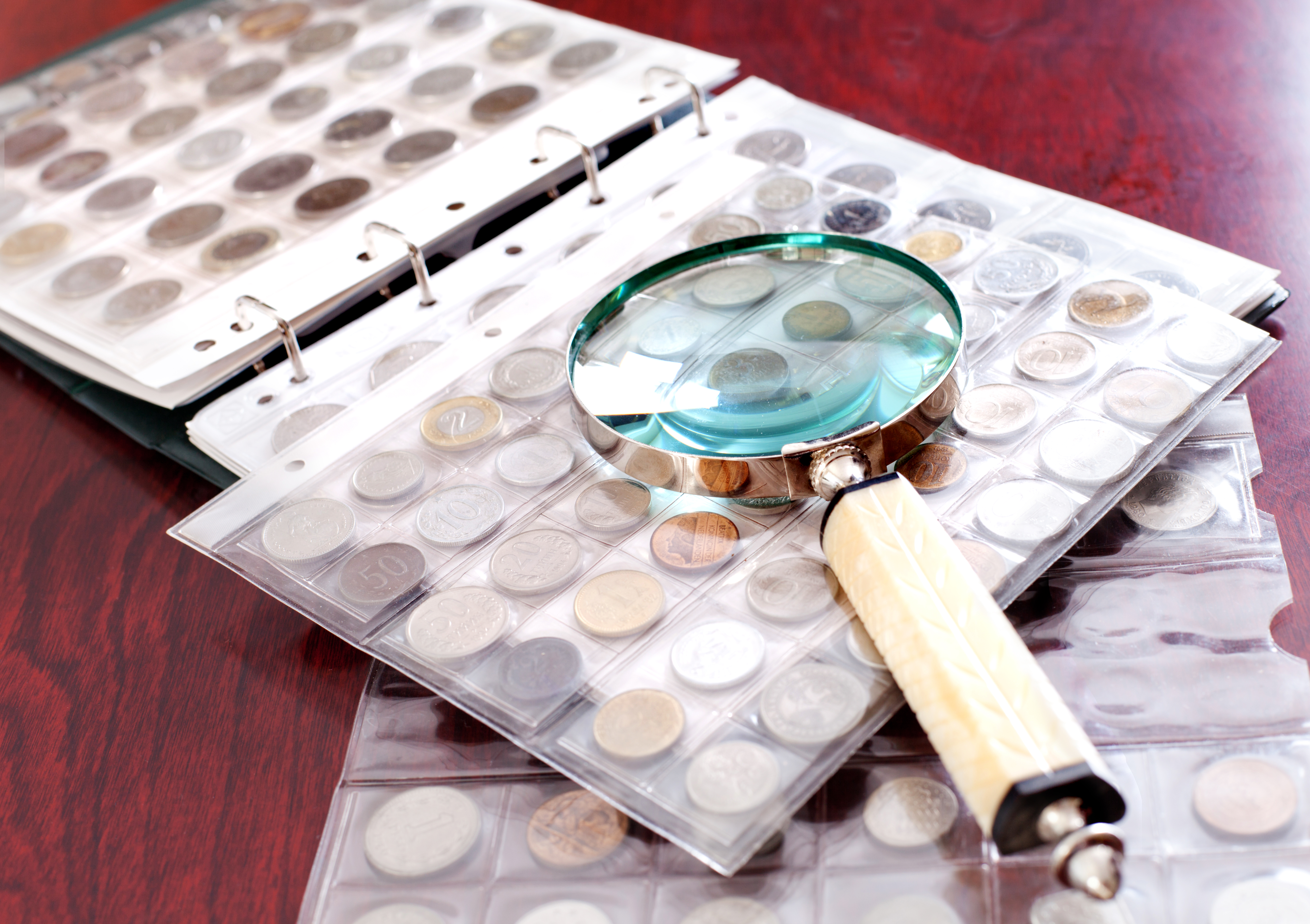By clicking a retailer link you consent to third-party cookies that track your onward journey. This enables W? to receive an affiliate commission if you make a purchase, which supports our mission to be the UK's consumer champion.
Revealed: the dark side of the coin investment craze

The UK has gone coin crazy in the past couple of years - with limited edition coins and notes selling for hundreds, sometimes thousands of pounds, and millions of consumers scrabbling around their spare change to see if they are holding onto a small fortune.
But there is a darker side to this investment market. Which? Money has uncovered evidence that misleading sales pitches are encouraging misconceptions about which coins should be considered investments - and which should simply be viewed as collectors' trinkets.
In a three-month investigation, we made undercover calls to coin companies, scrutinised their marketing claims and surveyed more than 2,600 Which? members on their impressions of coin adverts.
We encountered worrying practices, such as firms discussing past price performance of coinsin a way that we feel implied possible future profits, and using phrases like 'gold investors' and 'gold buyers' on their adverts - despite many of these collectible items being inappropriate as investment vehicles.
And we uncovered the sad story of pensioner Ernest Jackson, who invested £70,000 in coins, only to find they were worth less than a third of the price.
A version of this story first appeared in the January edition of Which? Money magazine.
Coin investments: what to look for
Broadly speaking, there are three types of purchasable coin - and only one is designed for investment purposes.
Numismatic coins are rare, often old, and usually originally minted for circulation rather than for collectors. They're collected by coin specialists (known as 'numismatists'). It's sometimes possible to make money from them, but the numismatists we spoke to discouraged buying them as an investment.
By contrast, bullion coins are a relatively straightforward way of acquiring gold as an investment. They aren't really collectable in their own right (though the designs can be attractive) and can generally be bought at a margin of 3% to 5% over the value of the gold they contain. Find out more about buying gold bullion coins.
Occupying a middle ground between these two categories are collectors' or commemorative coins - the main focus of our investigation. They can be solid gold or silver, gold-plated or base metal, and you can buy them from the Royal Mint and other private companies.
'Proof' doesn't match the price
Gerry Buddle from the London Numismatic Club explains told Which? Money these modern issues 'are perhaps better viewed in the same way as attractive pieces of jewellery.
'They are usually very well finished [known as a proof finish], with nice designs, but just as you would expect to pay well over the metal value for a nice necklace, so [it is] for these coins. When you sell the necklace or coin, the sale price may only reflect the metal value.'
Some sought-after collectors' coins do achieve prices far higher than their metal value - but many don't, and this should never be the main motive
for buying one.
As the gallery below shows, some commemorative coins come with a mark up of as much as 700% - meaning your 'investment' is very unlikely to ever make you a return. Gold prices are accurate to 5 December 2017.
Sadly we've encountered several stories of people ploughing thousands of pounds into numismatic or collector coins and then later being shocked to discover that they were worth far less than was paid.
£50,000 lost on collectables - Ernest Jackson's story
In August 2014, pensioner Ernest Jackson was visited by Trading Standards officers. He mentioned he'd been buying coins over the phone, and bank statements and invoices later revealed he'd spent over £70,000 on around 70 individual coins and several boxed sets.
Concerned he'd been scammed, Trading Standards investigated and discovered the collection had been bought from Hallmark Coins Ltd.
The coins were dispatched to the Royal Mint and the British Museum and were determined to be genuine old coins. However, their worth was placed at under £20,000.
In addition, Trading Standards believed payments Mr Jackson intended to make just once were taken several times in one day.
It also emerged that a Hallmark Coins director, Mr Lee Connor, had developed a close personal relationship with his client, even emailing him a picture of his children.
Mr Connor (by this time the firm's sole director) was charged with various fraud, theft and unfair trading offences, and pleaded not guilty to all of them. Mr Jackson passed away in June 2016 before he could be cross-examined by the defence, and subsequently the charges were dropped.
Mr Connor denies any wrongdoing and contests the valuation of the coins, saying the cost to his firm was 'significantly more than double' their value as claimed by the prosecution.
He claims Mr Jackson took an interest in his family (and vice versa) and the sending of the photo was 'perfectly natural' in this context.
He also rejects any claim that Mr Jackson was improperly charged several times for the same item, explaining that there were occasions when similar coins and sets were bought on the same day, and these were charged for accordingly.









